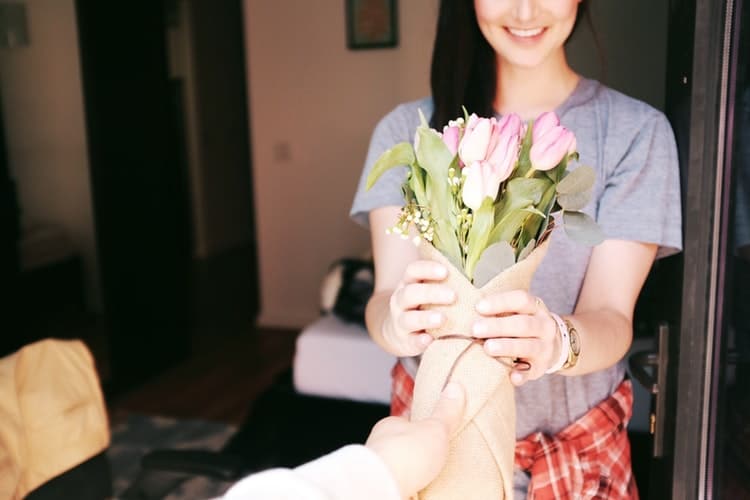The air is chilly, and February 14th is coming quickly. Valentine’s Day!! To many, this means making dinner reservations, getting chocolates, flowers, or planning to spend time with their significant other. To others, it is a day that reminds them of their singleness. Given our personal attachment styles and our individual partners, Valentine’s Day means different things to different people. Often the way we process the concepts of attachment affects how we behave in relationships.
The book Attached by Amir Levine and Rachel Heller talks about the science behind attachment. As young children, we tend to draw messages about attachment, and we learn if we can rely on our caregivers, or if we cannot. As we grow older, and develop adult relationships with significant others, we also draw similar conclusions. We can rely on others and be safe enough to be vulnerable, or we can’t, for a myriad of reasons.
Attachment is a strong bond that develops that makes us feel connected and provides us a sense of belonging. Attachment is also required for a healthy, whole heart, and happy life. One of my favorite authors, Brené Brown espouses that “we are hardwired for connection.” Healthy strong relationships can make us stronger, and more physically and emotionally healthy; whereas bad relationships can make us suffer physically and emotionally.
There are several different attachment styles, which shape our interactions with the people closest with us. In the book Attached, the authors discuss the different attachment styles.
- Anxious-Some of the symptoms of this attachment style are worrying about our partner loving us, worrying about abandonment, and feeling the need to be around our partner all the time.
- Avoidant-In this attachment style, some of us may wonder why we have a hard time finding “the one” or having long-term relationships. Often individuals struggle with sharing their feelings and vulnerabilities and tend to find things to distance themselves from emotional intimacy.
- Anxious/Avoidant- This attachment bond is a combination of Anxious and Avoidant. Some of the symptoms are craving love and affection, but simultaneous pushing significant others away.
- Secure- This is the ideal attachment style. It is the balance between having emotional intimacy and connection, but also not worrying too much. Instead of being co-dependent or independent, these people are able to be interdependent in a healthy way.
This Valentine’s, if you notice yourself engaging in any of these attachment styles and are curious about exploring how these patterns were created, call and schedule an appointment with one of our therapists today.
Written by: Chelsey Beauchamp

